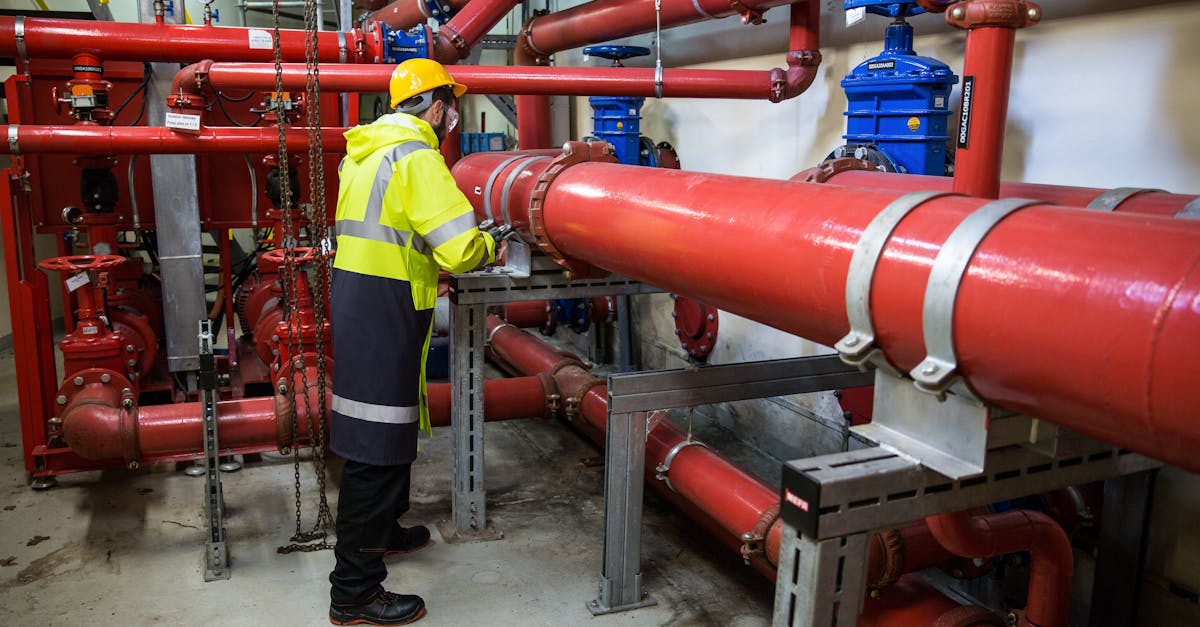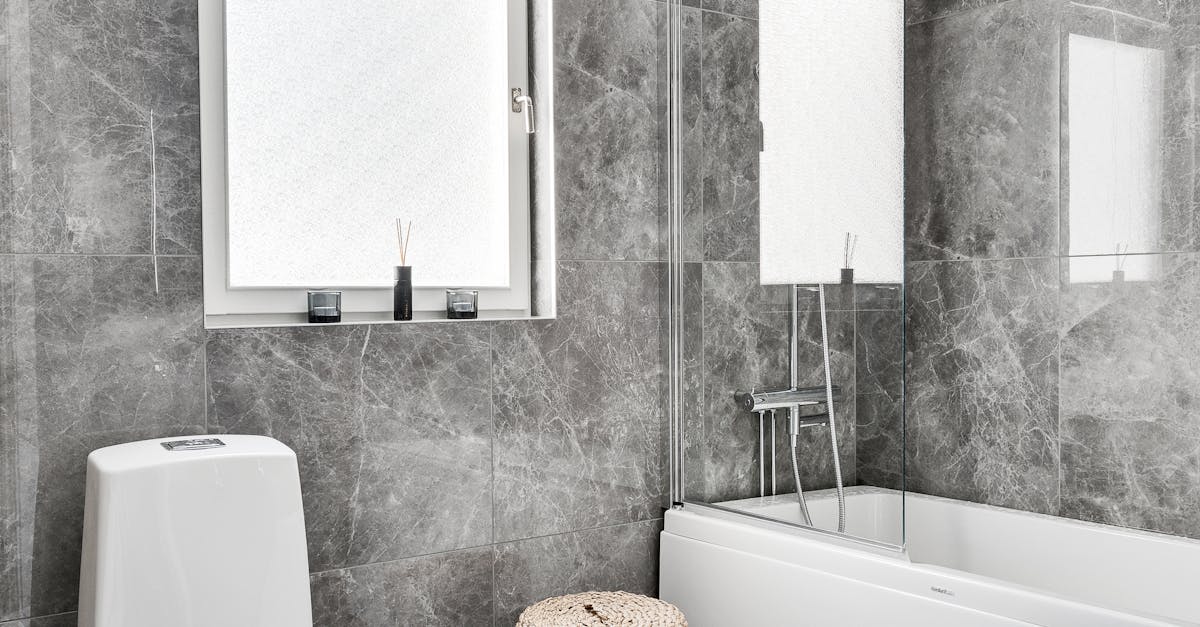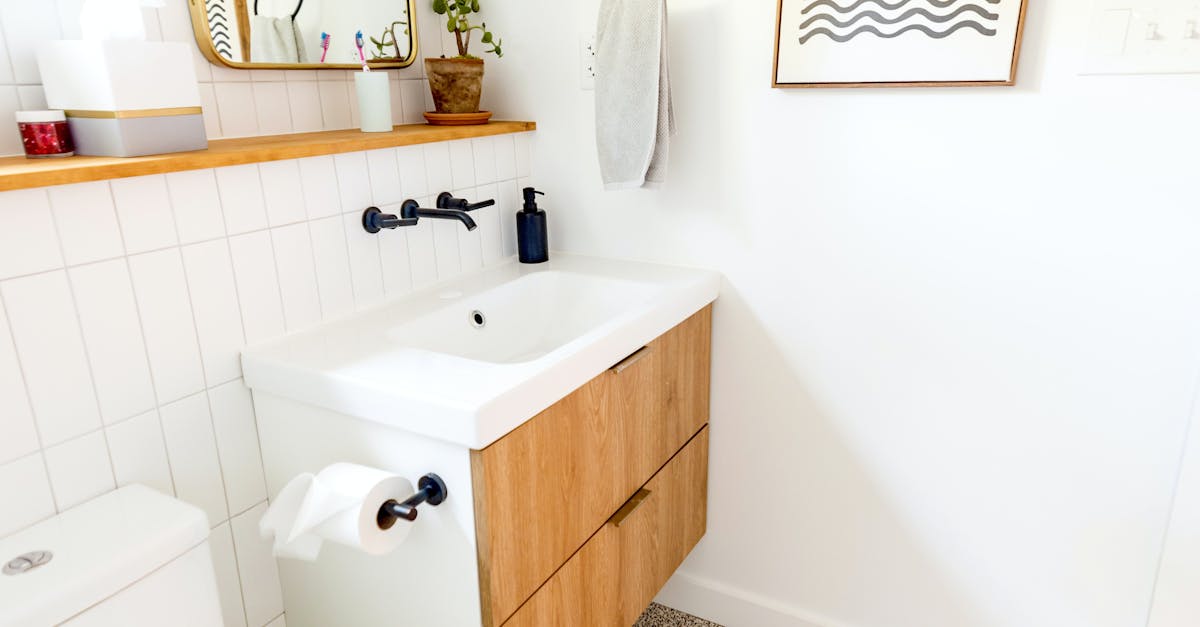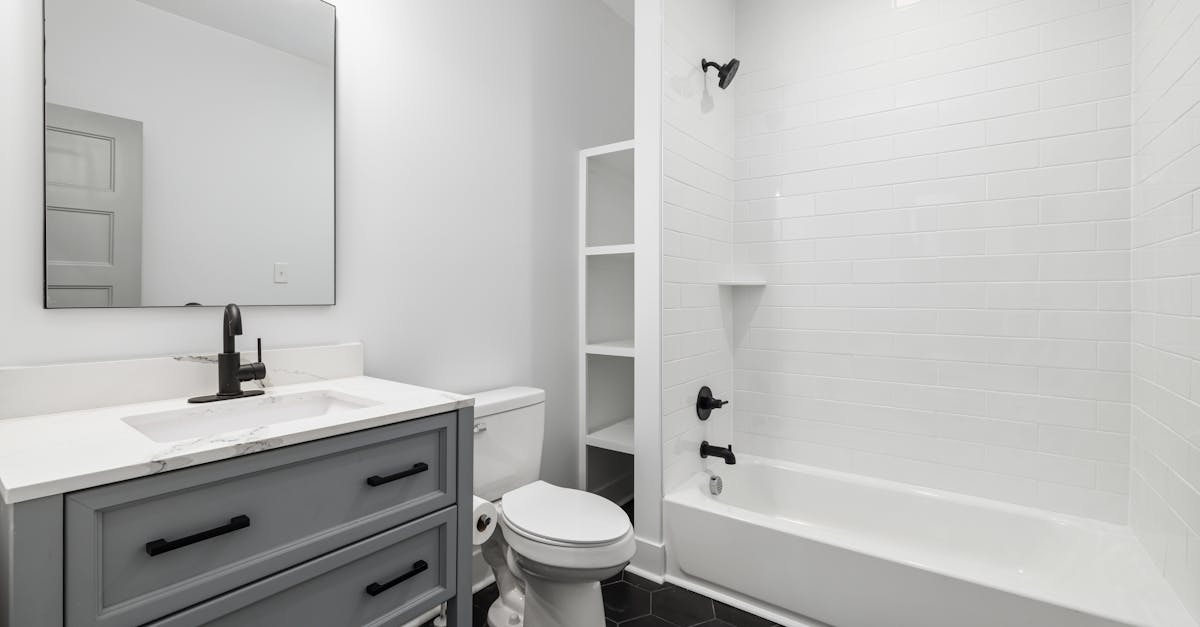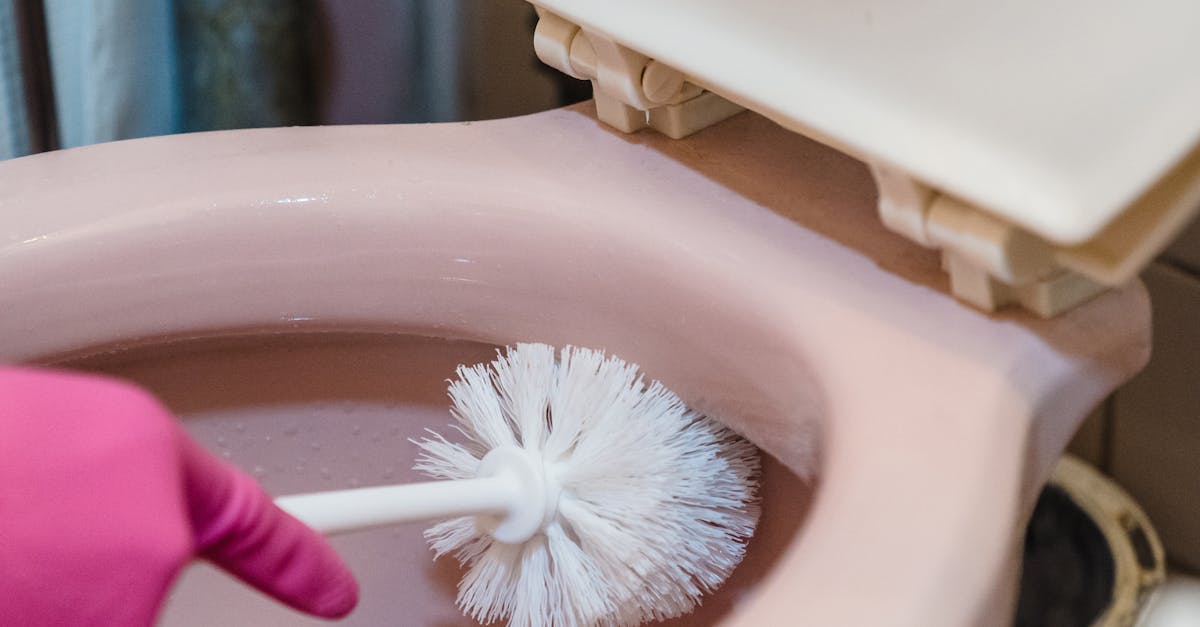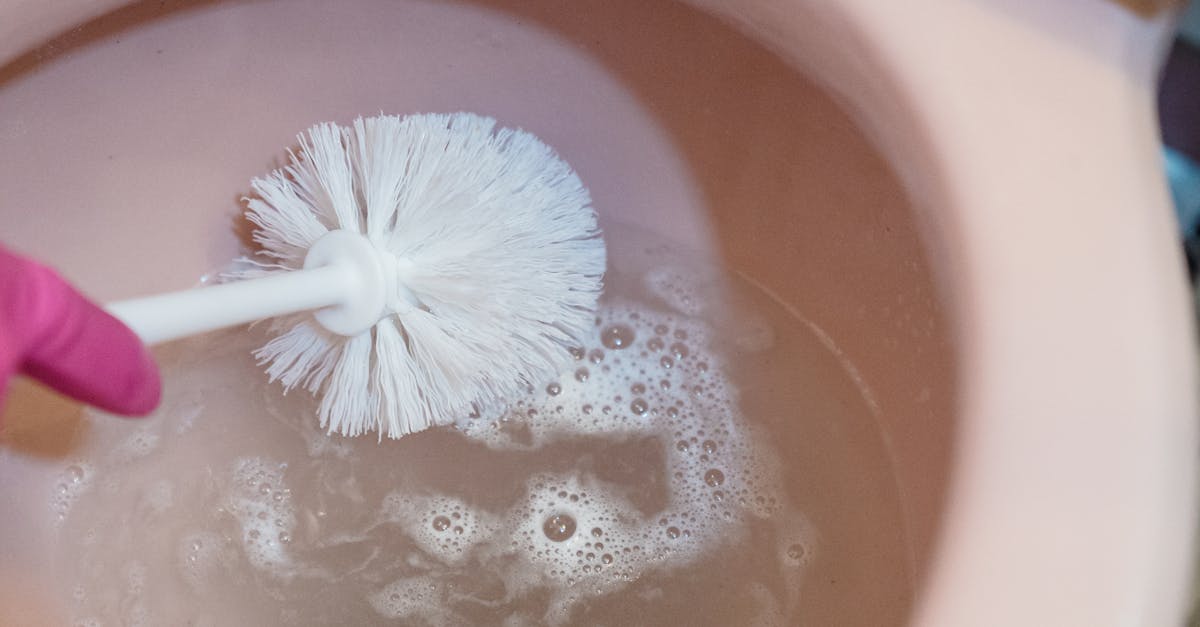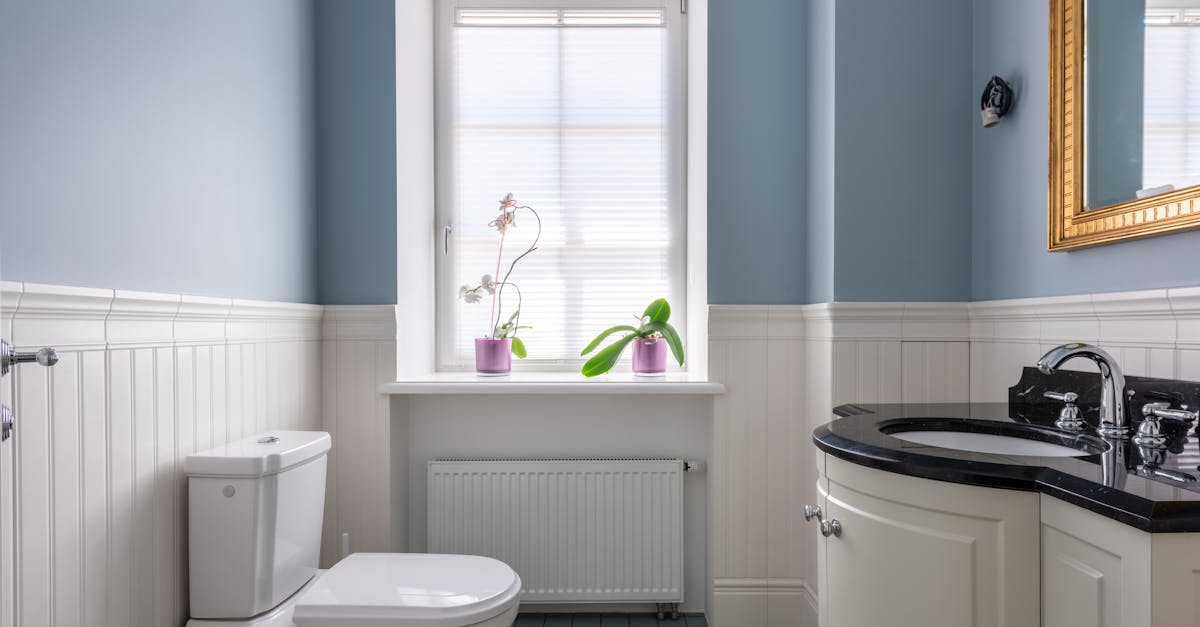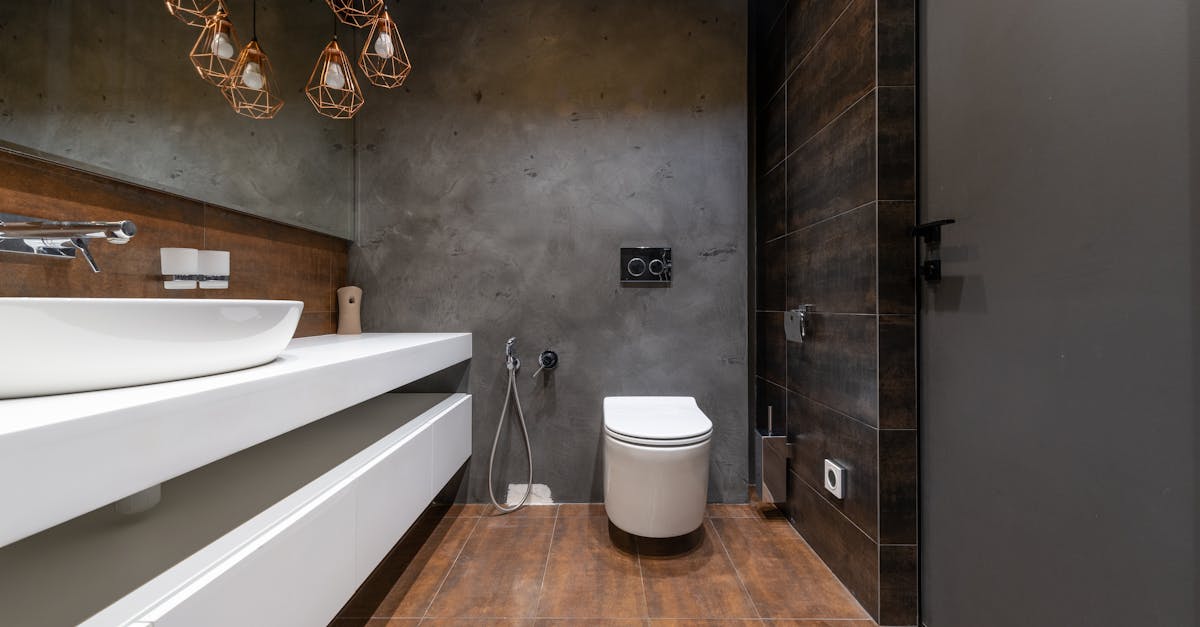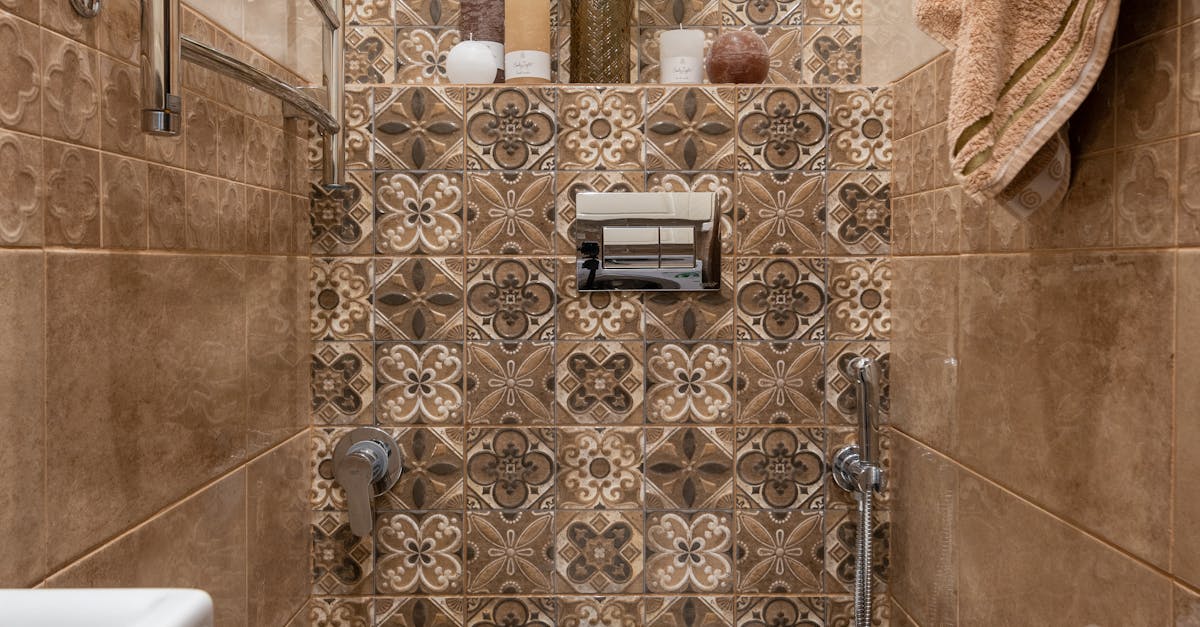
Table Of Contents
Cost Considerations for Fill Valve Replacement
When considering the cost of replacing a toilet fill valve, it’s essential to factor in both parts and labour. The price for a new fill valve can range from $20 to $50, depending on the brand and quality. If opting for professional assistance, labour costs can add another $100 to $200 to the total. This expense can make a considerable dent in the budget, especially if the toilet repairs extend beyond just the fill valve replacement.
DIY replacements can significantly reduce costs, making it an attractive option for many homeowners. However, it’s important to weigh the savings against the potential pitfalls of improper installation. Taking time to assess the condition of other components during the repair can help identify any additional issues, potentially preventing further costs in toilet repairs down the line.
Factors Affecting Replacement Costs
When considering the cost of replacing a toilet fill valve, several factors come into play. The type of fill valve chosen can significantly impact expenses, with options ranging from basic models to advanced versions that offer enhanced efficiency. If additional toilet repairs are required, this can also add to the overall cost, as more extensive work may involve further plumbing adjustments or the replacement of related components.
Labour costs represent another important factor. Experienced plumbers may charge higher rates, reflecting their expertise and the quality of service provided. The location of the property can influence prices too, as urban areas often see a higher cost of living compared to rural regions. Being aware of these elements can help homeowners budget effectively for the fill valve replacement process.
Safety Precautions During the Process
When undertaking toilet repairs, prioritising safety is essential. Before starting, ensure the water supply to the toilet is turned off. This prevents any unexpected water flow while you work on the fill valve. It's also wise to have a towel or sponge handy to soak up any residual water that may be left in the tank. Wearing gloves can provide added protection against any potential sharp edges or contaminants.
Being mindful of your environment during the process is important as well. Keep the workspace organised to avoid any trips or falls, especially in a typically confined area like a bathroom. If you need to use tools, ensure they're in good condition and appropriate for the task. Taking these precautions will help minimise risks, allowing you to focus on completing the toilet repairs efficiently and safely.
Important Safety Tips to Follow
When undertaking toilet repairs, it’s crucial to ensure that the water supply is shut off before starting any work. Locate the shut-off valve, typically found on the wall behind the toilet, and turn it clockwise to stop the flow of water. This step helps prevent accidental flooding and creates a safer working environment. Additionally, keep a towel or sponge handy to quickly absorb any residual water that might spill during the process.
Always wear protective gear such as gloves and safety goggles while performing toilet repairs. This not only safeguards against sharp tools but also protects your skin from potentially harmful cleaning agents or chemicals. If you are unfamiliar with plumbing tasks, consider consulting a professional to avoid any mishaps. Taking these precautions can mitigate risks and ensure that the job is completed efficiently.
Maintaining Your Toilet's Fill Valve
Regular maintenance of your toilet’s fill valve can significantly extend its lifespan and prevent costly toilet repairs. It’s essential to check the valve periodically for any signs of wear or damage. This includes inspecting the rubber washer and ensuring there are no leaks around the connections. Cleaning the fill valve can also enhance its efficiency, as mineral build-up can hinder its proper function.
In addition to visual inspections, adjusting the float height can help maintain the water level within the toilet tank. If the water level is too high, it may cause the fill valve to work harder or lead to overflow, resulting in potential water damage. Taking these preventive measures allows you to avoid unexpected issues and keeps your plumbing system in good condition.
Tips for Regular Maintenance
Regular maintenance of your toilet's fill valve can prevent the need for major toilet repairs down the line. Start by checking the fill valve for any signs of wear or corrosion. This can often be done visually by removing the tank lid and inspecting the valve components. If you notice any leaks or irregular sounds when the toilet is filling, this might signal the need for immediate attention.
Additionally, it’s wise to flush the toilet periodically while watching the fill valve's operation. Ensure that the water level reaches the advised mark in the tank. Adjusting the float arm or replacing any worn seals can enhance the overall functionality of the valve. Staying on top of these small maintenance tasks can save time and money, thereby reducing the frequency of toilet repairs in the future.
FAQS
Can I replace a toilet fill valve myself?
Yes, if you have basic plumbing skills and the right tools, you can replace a toilet fill valve yourself.
What tools do I need to replace a toilet fill valve?
Typically, you will need an adjustable wrench, a screwdriver, a bucket or towel to catch water, and possibly some plumber’s tape for sealing.
How much does it cost to hire a plumber for fill valve replacement?
The cost can vary depending on the plumber's rates and your location, but it generally ranges from $100 to $300 for a fill valve replacement.
What are the signs that my fill valve needs to be replaced?
Signs include continuous running water, a noisy toilet, or if the toilet does not refill after flushing.
Is it safe to replace a toilet fill valve on my own?
Yes, as long as you follow safety precautions and ensure the water supply is turned off, it is safe to replace a toilet fill valve yourself.
